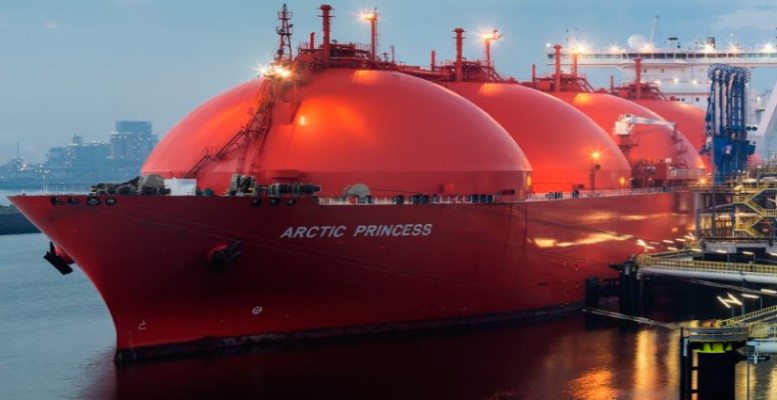Santander | Europe’s gas storage reached 90% of storage capacity on August 16, well ahead of the EU’s requirement to reach that level by November 1, which marks the start of the winter heating season. European Energy Commissioner, Kadri Simson, commented that this “underlines that the EU is well prepared for winter, which will help to further stabilise markets in the coming months. The EU energy market is in a much more stable position than this time last year, largely thanks to measures taken at EU level. However, we have seen in recent weeks that the gas market remains sensitive”.
Europe has taken advantage of mild winter temperatures in 2022-23 and weaker than expected demand from China to increase storage levels faster than estimated. The usable amount of gas in storage typically covers between a third and a quarter of European consumption in the winter months, meaning that Europe will continue to rely heavily on Norwegian and North Sea production, LNG and pipeline imports from North Africa and Central Asia, as well as continuing to be supplied to some degree by Russian gas piped from Russia via Ukraine and in the form of LNG.
However, as Commissioner Simson points out, the gas market is sensitive. This is because the market is expected to remain tight as new capacity (especially gas liquefaction and regasification) comes on stream between now and 2024. Bloomberg New Energy Finance forecasts global LNG supply to increase by 6% year-on-year in the winter of 2023-24, but this estimate is not without some downside risks. The threat of strike action at three Australian gas fields (accounting for 10% of global LNG supply) caused the overnight price in Europe to rise from €27 per MWh in early August to €43 per MWh on August 22, before falling back to €33 per MWh when the strike threat was lifted.
We believe that contained gas consumption in Europe (currently 14% below last year’s levels in the 12 months to May), subdued demand from Asia and normal winter conditions will, in principle, ensure that gas (and electricity) prices remain at reasonable levels over the coming winter, without triggering a repeat of the energy crisis experienced in 2022. However, we still see a small but not insignificant possibility of a price spike and further government intervention if several adverse factors (such as a harsh winter or supply shortages) come together.





